Achieving natural tufa texture
syordano
10 years ago
Related Stories

COLORNature’s Color Wisdom: Lessons on White From the Great Outdoors
Blizzard fierce or butter soft, white can highlight shapes, unify a room and perform miracles on the cheap
Full Story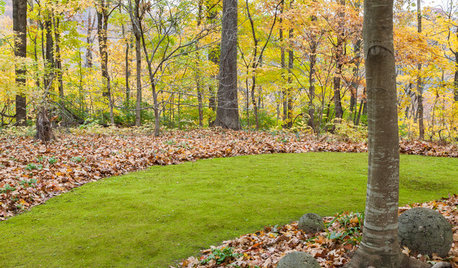
LANDSCAPE DESIGNMoss: Nature’s Carpet for the Garden
Learn how to grow and use this ancient and mysterious natural wonder for delightful texture in the landscape
Full Story
WOODKnotty and Nice: Highly Textured Wood Has a Modern Revival
Whether it's cedar, fir or pine, if a wood has a knot, it's hot
Full Story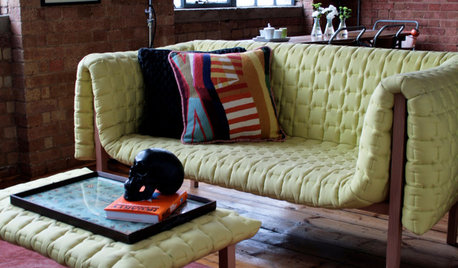
DECORATING GUIDESPlease Touch: Texture Makes Rooms Spring to Life
Great design stimulates all the senses, including touch. Check out these great uses of texture, then let your fingers do the walking
Full Story
DECORATING GUIDES10 Ways to Bring Sumptuous Texture to Modern Rooms
Soften stark lines and create a richer feel with throws, rugs and even glass and wall coverings
Full Story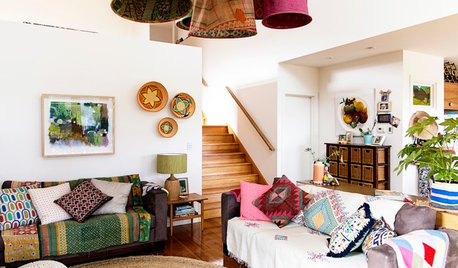
ECLECTIC HOMESMy Houzz: Home Weaves a Tapestry of Color and Texture
Crafts, collectibles and souvenirs add a playful vibe to a light-filled home in the hills of Victoria, Australia
Full Story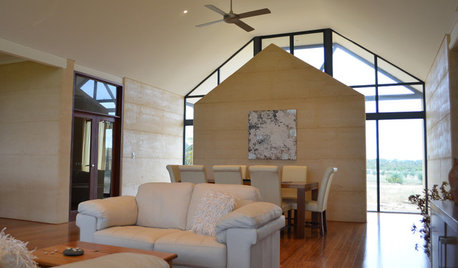
HOUZZ TOURSMy Houzz: An Aussie Home Mingles With Nature
This eco-friendly bushland retreat coexists beautifully with the surrounding environment, right down to its rammed-earth construction
Full Story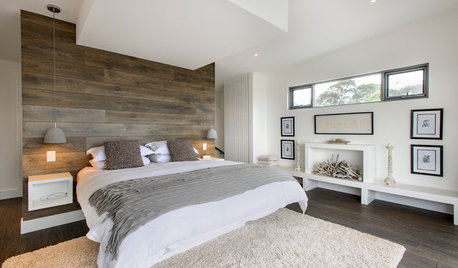
MATERIALSRaw Appeal: 9 Wonderful Ways With Natural Wood
Go with the grain and use minimally finished wood for gorgeous accent walls, artwork and more
Full Story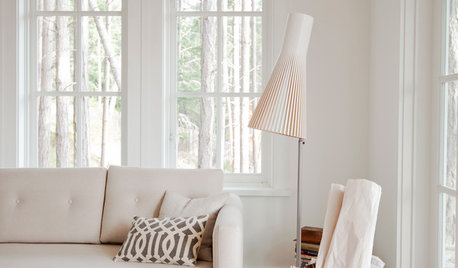
MODERN HOMESHouzz Tour: Organic and Natural in an Island Cottage
Organic linens and an all-white palette create a refreshing summer home on a remote island
Full Story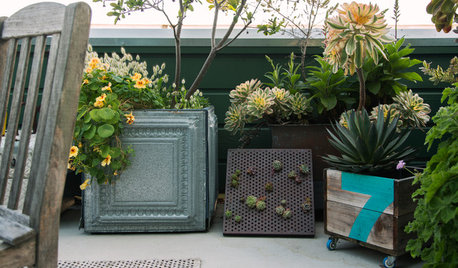
HOUZZ TOURSMy Houzz: See How a Garden Author Brings Nature to the City
Garden designer and author Baylor Chapman shows her love of nature in her San Francisco apartment and deck
Full StorySponsored



teisa
teisa
Related Discussions
do you use sand in your tufa mix???
Q
Coloring tufa after the fact
Q
Tufa Under Fire
Q
suggestions for achieving a warm space with white cabs?
Q
billie_ann
syordanoOriginal Author
billie_ann
Collectorplant
nmgirl
club53
Woodburnduck
hosenemesis
hosenemesis
Nancy D